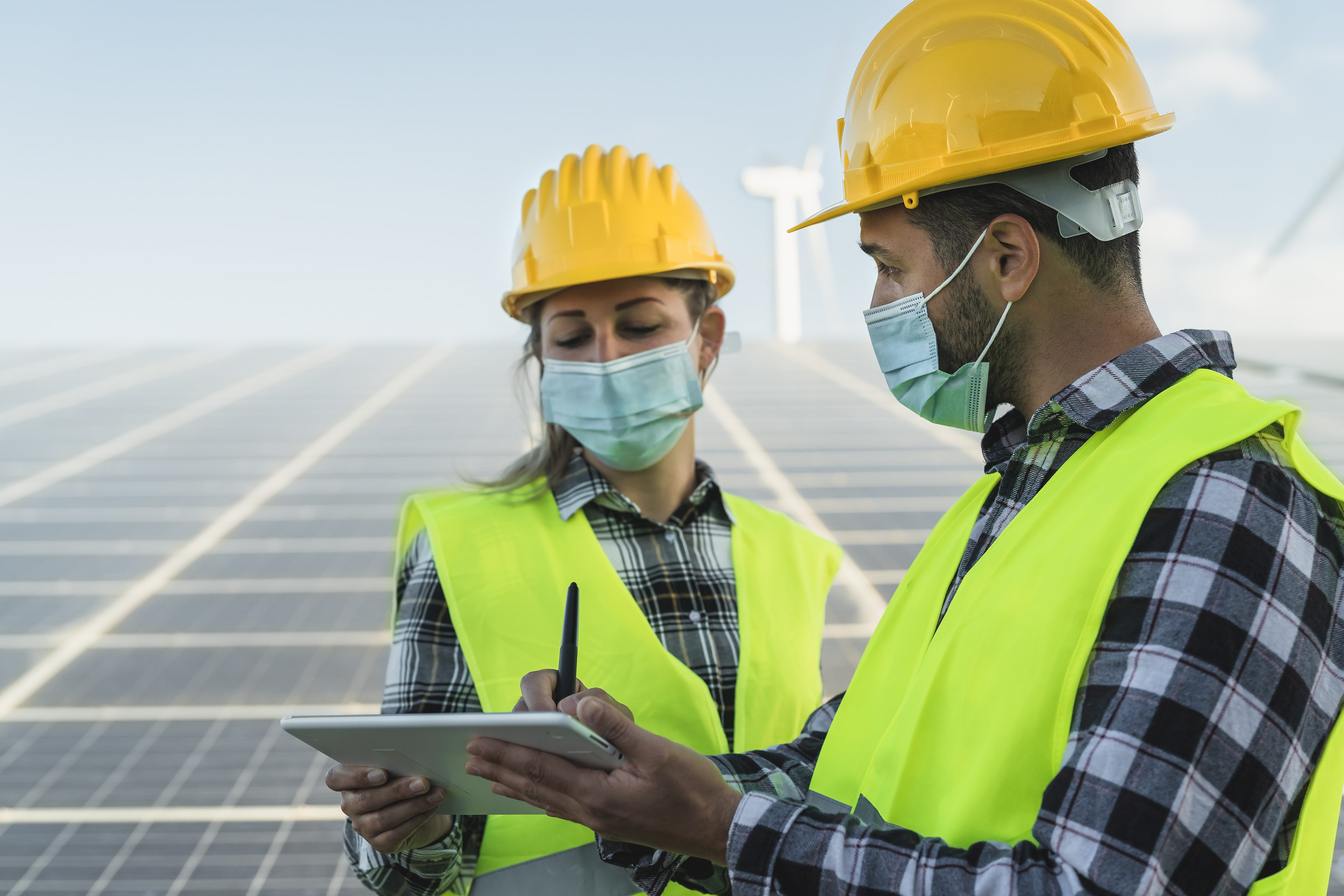
SHINE Partners | August 2021
Are you considering commercial solar power for your business but curious about how it works? Knowing how solar panels are installed and maintained, for many, can help them wrap their minds around the process and have a deeper insight into just how beneficial renewable energy could be for their company.
The most common location to install solar PV panels is on a rooftop, but many utilize extra land as well. The goal is for the panels to be positioned where they can absorb the maximum amount of sunlight available, which means ensuring there are no trees or other objects that may block the panels from the direct rays of the sun. Many solar installers can assess to determine if the roof is suitable for solar panels. At SHINE, our solar professional will meet with you to conduct a thorough Solar Self-Check. We’ll estimate your energy needs based on your electricity consumption history and other factors.
A few things to consider for solar installations are:
If it’s determined that your roof meets all of the necessary criteria, a solar installer will then provide you with a formal proposal that will lay out your solar energy system’s design and financing plan, including all options, pricing, and agreement terms. This meeting will give you everything you need to make an informed decision on whether solar is right for your business.
For rooftop installations, solar panels are rarely attached directly to the roof itself but rather to a removable base structure. This can help prevent damage to the roof and allow for panels to be easily removed if access to the roof is necessary. It also ensures the installation doesn’t void your roof warranty. The mounting structure is typically tilted at an angle between 18 to 36 degrees based on sunlight exposure so that the panels will operate at peak performance.
The panels are then electrically wired after they’re adhered to the mounting structure. This step often requires briefly turning off the connected electricity supply to the building. Then the solar inverter and solar batteries are connected to the system to allow energy consumers to store any additional generated electricity. This is especially useful during low-solar periods, such as nights or days that are overcast.
Another helpful feature is the ability to monitor the amount of electricity being produced. Typically, this data can be accessed through a user portal or smartphone app, allowing people to observe how their panels are performing at any given time. Finally, one of the most significant pros of solar panels is that there is little to no maintenance required. Since solar panels don’t typically have moving parts, they are particularly easy to keep clean and properly functioning. Many solar installers, like SHINE Partners, can perform routine inspections, provide cleaning services, and monitor energy generation and output.
Solar PV systems are a clean, inexpensive, renewable power source that gives your business more control over its energy production and costs. Whether your focus is energy independence, costs savings, resiliency or environmental, SHINE will help you achieve your goal. To learn more, visit our website: https://shine.partners/